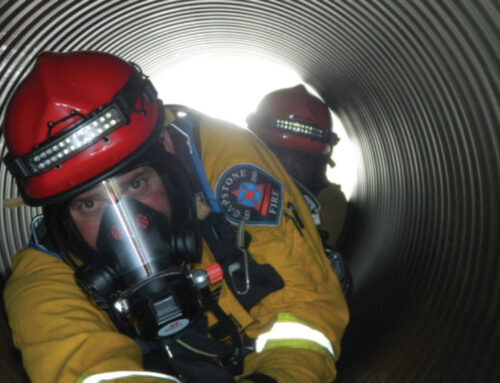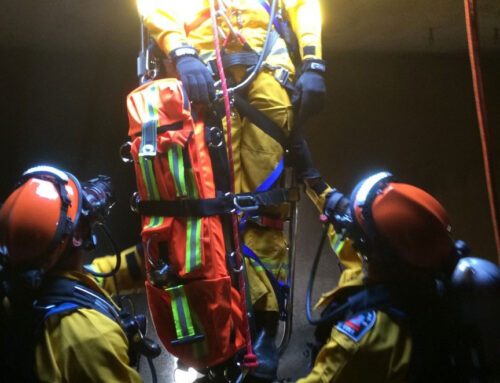The Occupational Safety and Health Administration (OSHA) was established in 1971 to ensure that employers provide a safe and healthy work environment for their employees. OSHA sets regulations and standards for workplace safety and investigates workplace accidents and complaints.
OSHA compliance is crucial for all employers, especially those in high-risk industries such as construction, manufacturing, and healthcare. In this blog post, we will explore the importance of OSHA compliance and how employers can ensure compliance in their workplace.
Why is OSHA compliance important?
OSHA compliance is important for several reasons. First and foremost, it ensures the safety and health of employees. Workplace accidents and injuries can result in lost productivity, increased insurance costs, and even legal action. OSHA compliance helps to prevent these incidents by setting safety standards and enforcing them through inspections and penalties.
Additionally, OSHA compliance can improve employee morale and job satisfaction. When employees feel safe and protected in their workplace, they are more likely to be engaged and productive. This can lead to increased job satisfaction, lower turnover rates, and higher overall employee retention.
Finally, OSHA compliance is required by law. Failure to comply with OSHA regulations can result in significant fines and penalties, as well as legal action. Employers who prioritize OSHA compliance not only protect their employees, but also avoid costly legal and financial consequences.
How can employers ensure OSHA compliance?
Ensuring OSHA compliance requires a proactive approach. Employers must be diligent in identifying potential hazards and taking steps to eliminate or mitigate them. Here are some key steps employers can take to ensure OSHA compliance:
Conduct a workplace hazard assessment
The first step in ensuring OSHA compliance is to conduct a workplace hazard assessment. This involves identifying potential hazards in the workplace, such as chemical exposure, fall risks, and equipment hazards. Once hazards are identified, employers can take steps to eliminate or mitigate them.
Develop and implement safety policies and procedures
Employers should develop and implement safety policies and procedures that address identified hazards. These policies and procedures should be communicated clearly to employees and regularly reviewed and updated as needed.
Provide training and education
Employers should provide regular training and education to employees to ensure they understand safety policies and procedures and are equipped to identify and report potential hazards. Training should be tailored to specific job roles and should be provided both during onboarding and on an ongoing basis.
Conduct regular safety inspections
Employers should conduct regular safety inspections to ensure workplace safety and promote good practice among employees. Contact Capstone Fire today to make sure that your business is up to OSHA compliance standards and to learn more about our services!





